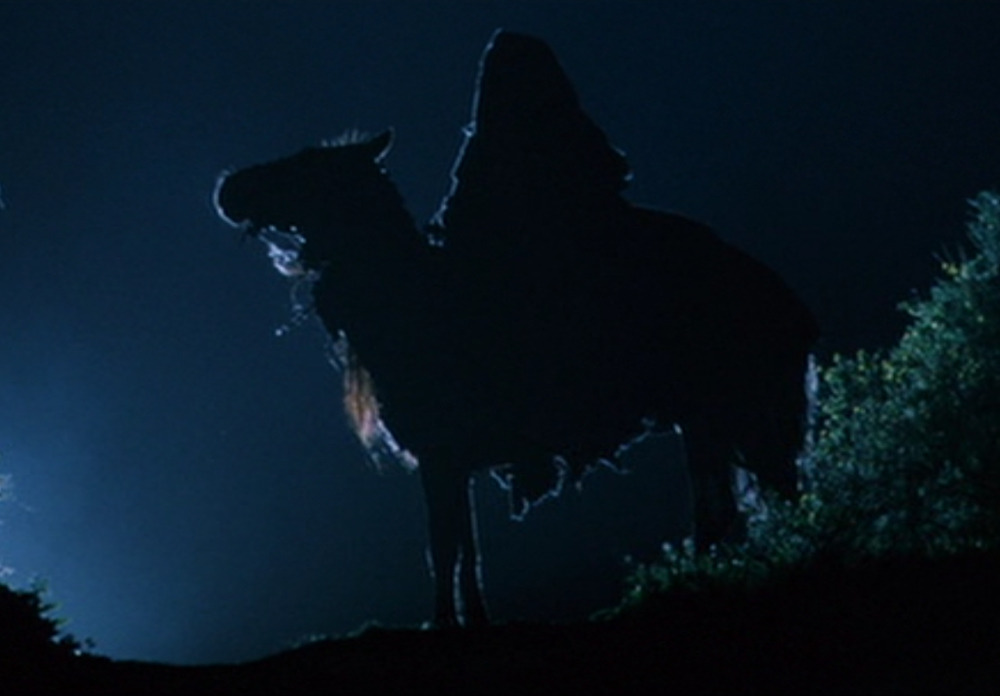Storytelling lessons from "Lord of the Rings"
How to tell if a character is a true character, or a mere chesspiece

Are the characters in a story people? Or just chess pieces?
Chess pieces don't think. They don't have motives. They don't have thoughts or emotions about their experiences. Events happen around them, and the chess piece will move from one plot point to the next without ever taking in any of it.
Unfortunately I can't find the direct link, but in one of his blog posts, author David Farland mentions a story he read for a contest. In that story, a character sees an occupied building get destroyed, and thinks to himself that he’s glad he wasn’t in it.
Problem? The character’s mother was in the building, yet he has no reaction to that detail. Was the character psychotic? Were we supposed to think he was psychotic? What kind of person doesn’t take a moment to consider that his mother has just been killed? A bad character, at the very least. A badly written character, to be more precise.
I usually attribute this style of storytelling to either laziness or lack of imagination on the part of the writer. However, there's a third option: prioritizing plot over character.
This deficiency is brilliantly lampooned in the "Pitch Meetings" YouTube series Ryan George does. His "movie executive" persona will ask the "screenwriter" persona why a character will do something. Inevitably, in lousy movies or TV shows, there's one simple answer:
"So the movie / show can happen."
In any kind of story this answer signals you're dealing with a chesspiece, not a character.
Contrast this: When Frodo and Sam are on the road early in the Fellowship of the Ring, they’re pursued by Ringwraiths (aka Nazgûl). They manage to evade them, but at a terrifying moment they encounter a lone rider on the road, perhaps another Ringwraith.
But no, t’is only Merry — in the book, not the movie — who was expecting Frodo to join him that night. Frodo was late in arriving, so Merry—completely innocent of Ringwraiths and the danger they presented—had saddled up to see if Frodo had fallen into any ditches along the way. That was the moment I got into the Lord of the Rings, because it was that one act that signaled to me that the hobbits and other characters weren’t cardboard cutouts: they were people. They thought like people, reacted like people, and behaved like people do.
Consider that if Merry were a real person, he’s doing what a real person would do in the pre-cell phone days: He goes to look for a friend who might have met with a common night-travel hazard. You get the impression that if Merry had known about the Ringwraiths he wouldn’t have come alone; he would have organized a search party, because that’s the sort of thing a good friend would do.
Good writers put themselves in the shoes of their characters, and carefully consider what a sensible person would do in the circumstances the writer has set up. Characters should behave in ways congruent with their nature and their situation. A step further to that is that their relationships must fit, too.
If Merry is a friend, a true character who is a friend to another true character, then he’s on the road looking for Frodo. If he’s just a chess piece for the writer to move here and there, then he’s strictly on the road to provide a jump scare, if even that much. And he and Sam and Pippin do not attempt to “rescue” Frodo from Strider at the inn, because they’ll never be worried about him as normal friends would be when they see a stranger carry away one of their own.
When writing characters, ask yourself if they behave like the psycho in the story Farland read, or if they behave like a three-dimensional person, a la Merry on the road.